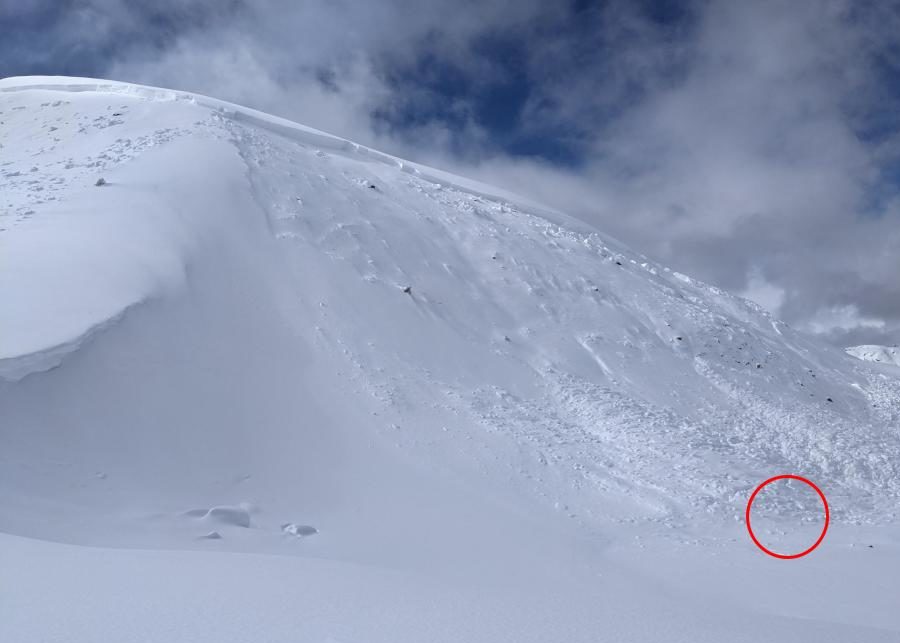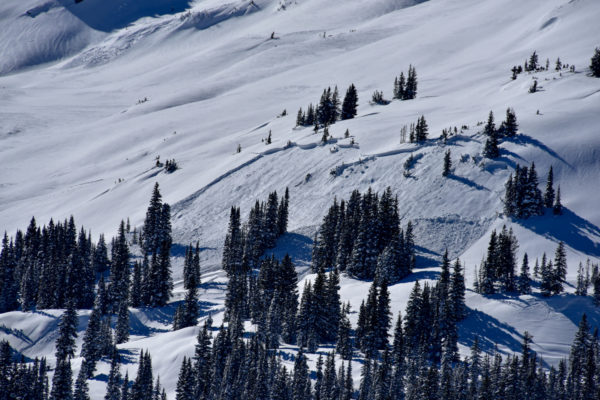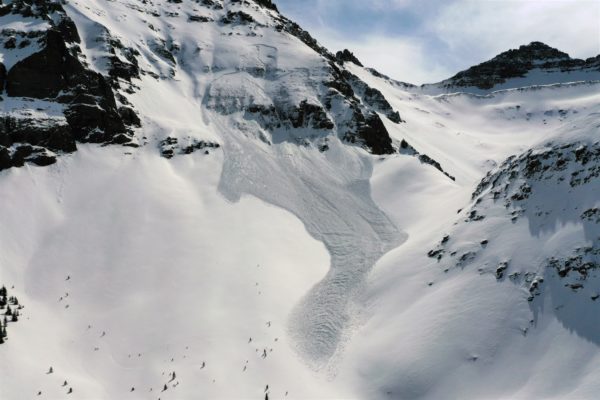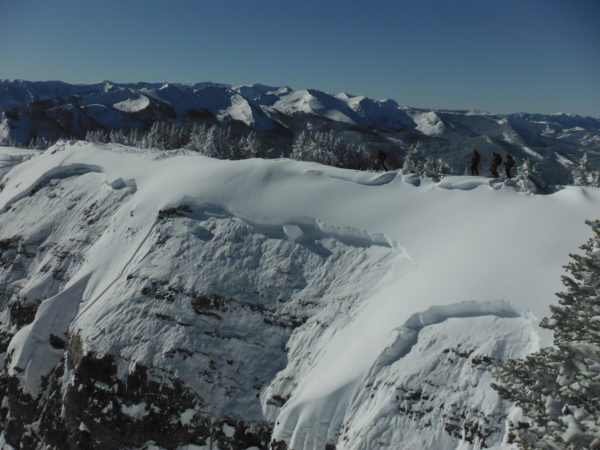The terrain's curvature, such as convex, concave, or planar.
Slope angle is by far the primary consideration for avalanche potential; slope shape plays only a minor role. There are some misconceptions that convex rollovers are always more dangerous and that concave slopes are safer. However, a study of over 500 avalanche accidents in Switzerland suggests that more accidents occur on concave and planar slopes. U.S. accident data point towards a somewhat higher tendency for avalanche accidents in terrain associated with planar and convex slopes. The important takeaway here is that all slope shapes produce avalanches; you should focus on the steepness of a slope when deciding on terrain. Some slope shapes may be more problematic under certain conditions.
- Convex Slope (rollover): A terrain feature that is rounded outward like the exterior of a ball. In other words, it goes from less steep to more steep down the slope. Convex slopes can be tricky to descend and retreat from if you encounter unexpected conditions – you can’t see the whole slope from the top and it gets steeper and more committing as you progress downward.

Shallow, soft slabs tend to fracture at convexities (shown here), whereas stiffer, thicker slabs have more potential to pull in the lower slope angles above the convexity. Credit: Colorado Avalanche Information Center
- Concave Slope: A terrain feature that is rounded inward like the inside of a bowl. In other words, it goes from more steep to less steep down the slope. On small concave slopes with strong slabs, there may occasionally be enough compressive support to make avalanching less likely. On medium to large slopes, compressive support plays little or no role, and in wind affected terrain, concavities often act as catchments for wind drifting and slab formation. Thus concave slopes often develop a deeper snowpack compared to other slope shapes, which can be either problematic or favorable, depending on snowpack conditions.

Concave slopes can act as catchments for wind loading. Credit: Colorado Avalanche Information Center
- Planar Slope: A terrain feature that does not curve and is shaped like a tilted book. Planar slopes have the same slope angle throughout.
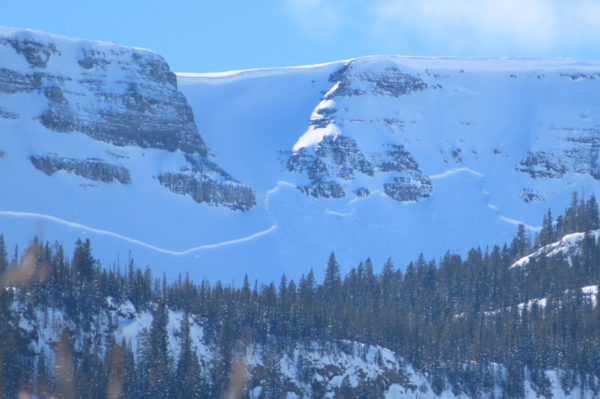
Planar slopes may have a more homogenous snowpack compared to more curved or unsupported slopes. Credit: Crested Butte Avalanche Center
- Unsupported Slope: A terrain feature in which the base steepens abruptly, ending in a discontinuity such as a cliff band. Therefore, the primary danger associated with these slopes is that getting caught in an avalanche will likely sweep you over cliffs. In addition, there is minimal compressive support for the snowpack in this type of terrain, though that likely only plays a minor role in the instability in this terrain.
